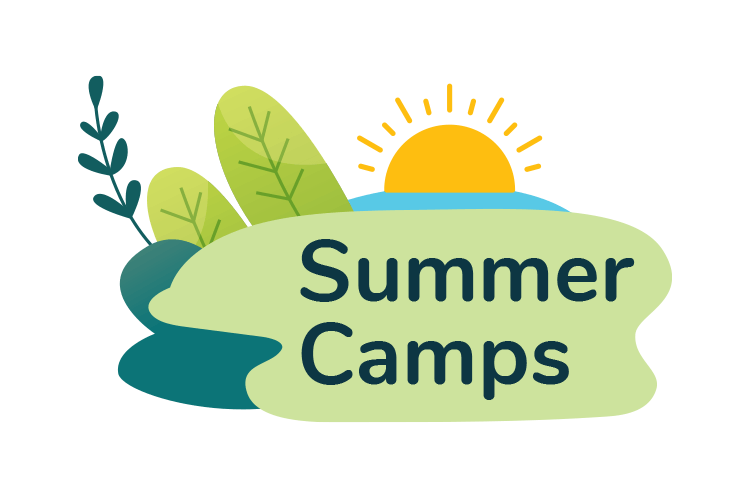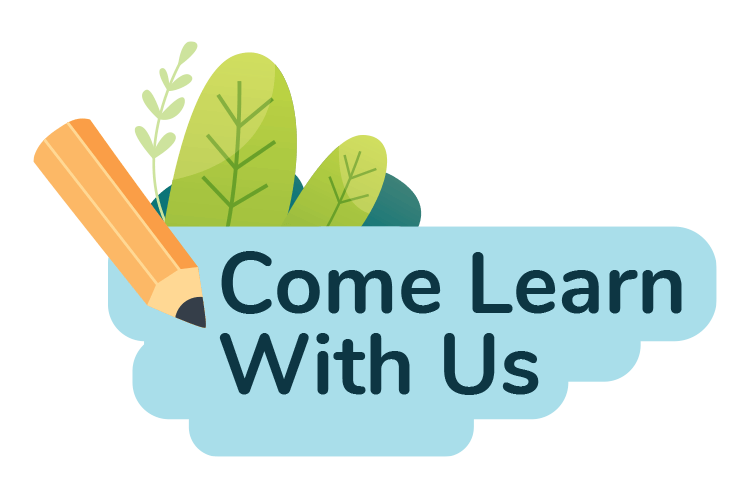Take one child. Place outdoors in nearby green spaces. Leave for several hours at a time. Repeat daily. Sprinkle in a dash of local environmental issues. Fold in a generous portion of hope. Top with inspiring examples of sustainable living and indigenous ways of knowing. Let rise…
About 20 years ago, I had the good fortune to obtain a job delivering environmental programming to schools, camps and parks throughout Southern Ontario. One memorable afternoon, I had taken a class of grade eight students outside to teach them about the harmful effects of littering. They stood there, shoulders hunched, eyes turned down, looking completely and utterly bored. I tried my best to liven up the lesson by putting lots of energy and enthusiasm into my teaching. But the harder I tried, the more disengaged these students became. Finally, as frustration welled up inside of me, I just had to ask the question…“but don’t you care about littering and the environment..?” In unison, at least 5 of them responded with an emphatic, loud and heart-wrenching “NO!”
For many well-meaning educators, the formula for environmental education goes something like this: tell students about the dire state of the environment and they’ll be motived to advocate for change. Most of us simply assume that knowledge equals care. But as Hines, Hungerford & Tomera (1987) point out in their research on environmentally responsible behaviour, people will only be inspired to act when they feel that the issue is relevant to them personally, they have some measure of influence over the outcome and they are provided with the tools to create meaningful change.
The lesson I learned from my experience with these grade 8’s is that before we can ask our students to engage in advocacy and action, we first need to foster a sense of care and concern between students and their local environment. It is in a way, like cultivating a relationship. As Edward Borroughs suggests: “Knowledge without love will not stick. But if love comes first, knowledge is sure to follow.” And like any relationship, fostering a connection takes time, it takes commitment and mostly, it takes effort. Relationships are built on intimacy and intimacy only can occur if there is a personal connection. Here is a quick story that illustrates the power and potential of a personal relationship with the environment.
A principal once told me that he and some of his students noticed a “mystery bird” running across a gravel parking lot at his school. While he knew what kind of bird it was, he encouraged the students to do a bit of research. With the help of some field guides and a pair of binoculars, the students discovered that this bird was called a killdeer. They watched, enthralled as she demonstrated her broken wing trick (to lead predators away from the nest). Over the days they watched her scoop out a nest and sit upon it. The students cordoned off this area with yellow emergency tape to protect her from cars and they watched spellbound, as she raised her young. This wasn’t any killdeer; this was their killdeer and they would have done anything to protect her. The students had become involved in an unfolding and dramatic story. The killdeer suddenly had a face. In a way, she revealed herself to them.
As educators, we need to provide opportunities for students to connect to their local environment; to help students recognize that the living and non-living world surrounding each school and neighbourhood is an integral part of their community. It is a form of community building that goes beyond people. This “ecosystems approach” to community building provides the very foundation for fostering stewardship.
It is this vision of stewardship that inspired the creation of a new pre-service “Eco Mentorship Program” developed jointly by Trent University and Camp Kawartha. The program takes place at the Camp Kawartha Environment Centre, located adjacent to Trent University. Constructed by students from Fleming College’s Sustainable Building Program, the centre showcases green living in action; from a living roof, passive and active solar design, straw bale and hemp-crete walls, composting toilets, rain water harvesting system, grey water treatment system to the use of non-toxic materials throughout. Located on 200 hectares of Trent University’s Wildlife Sanctuary, visiting students have access to forests, fields and wetlands as part of their outdoor learning environment. Currently, the centre provides programming to students from Kindergarten to Grade 12 on ecology, nature connection, sustainable living and alternative energy.
The Eco-Mentorship Program provides four in-depth workshops for pre-service teachers on relevant environmental themes such as: “using nearby nature, removing barriers to environmental education, inspiring hope and integrating environmental education across the curriculum.” The workshops are followed by a practicum component in which pre-service teachers demonstrate that they’ve applied elements of these themes in their teaching.
By bringing in local experts, showcasing sustainable living practices, connecting to nearby green spaces, integrating indigenous ways of knowing and most of all, encouraging educators to teach environmental issues in a positive way, we hope to inspire pre-service teachers to create a culture of environmental stewardship in their future schools.


